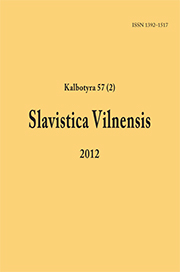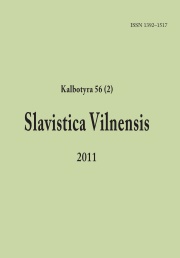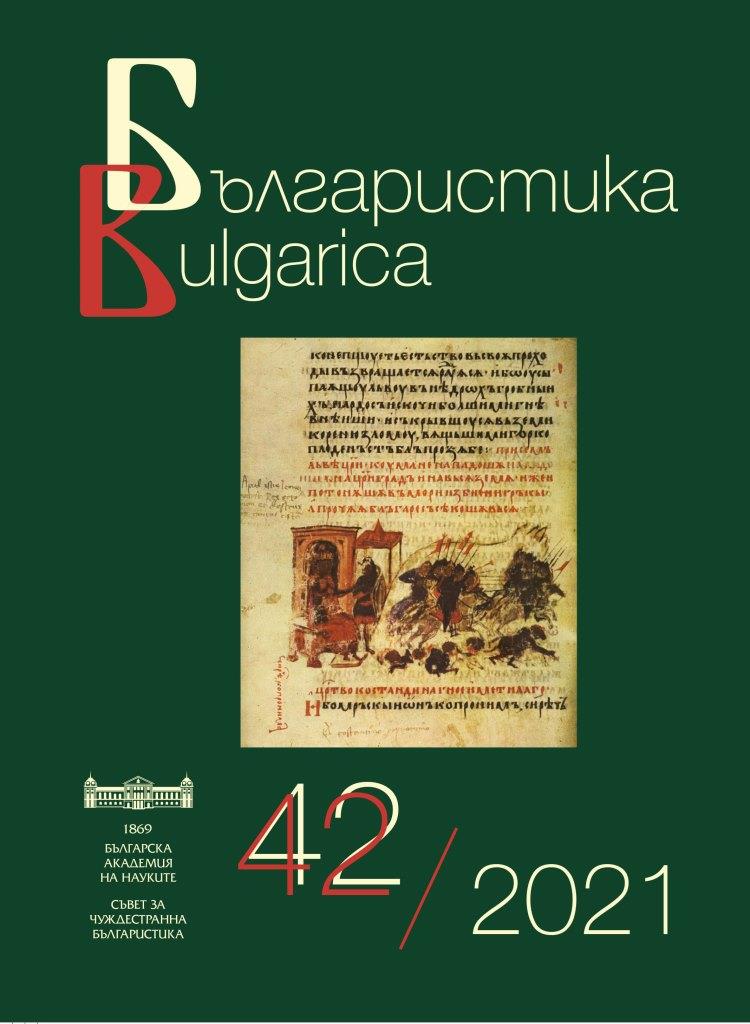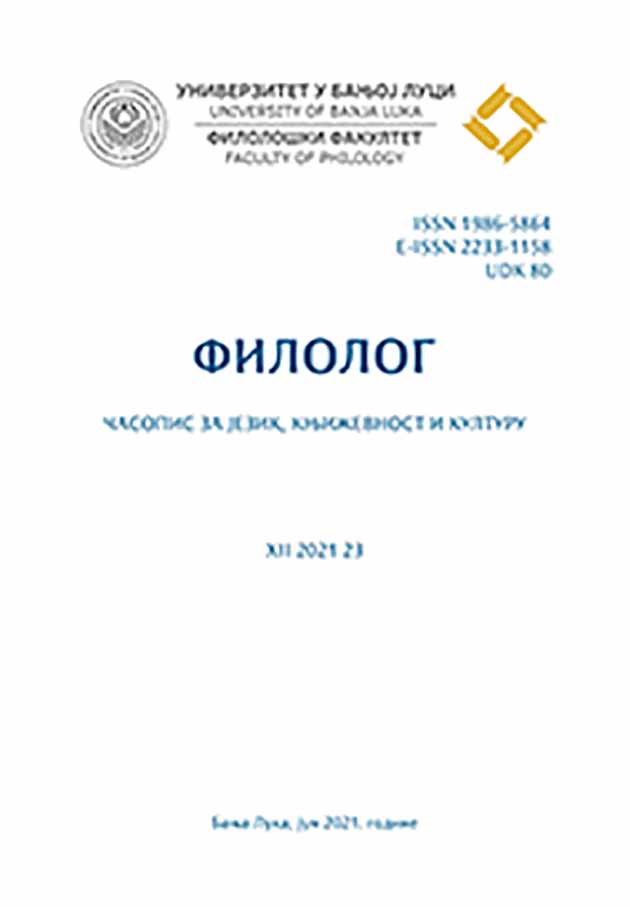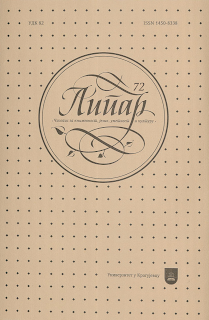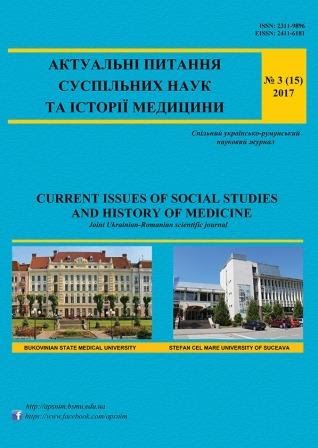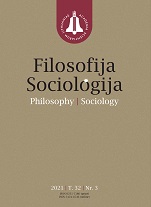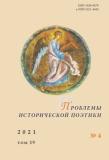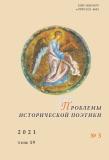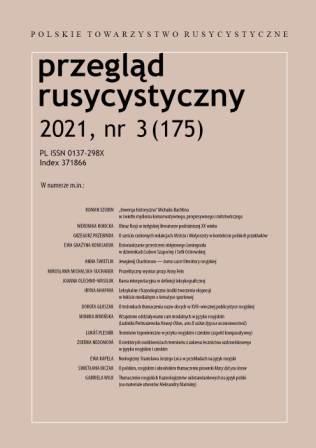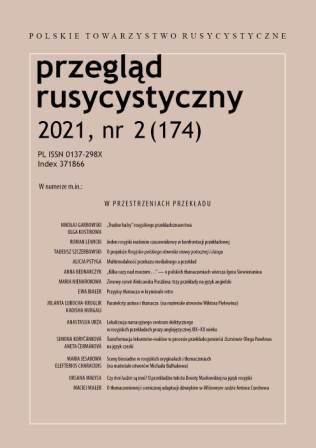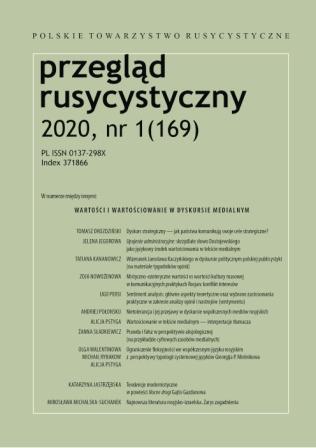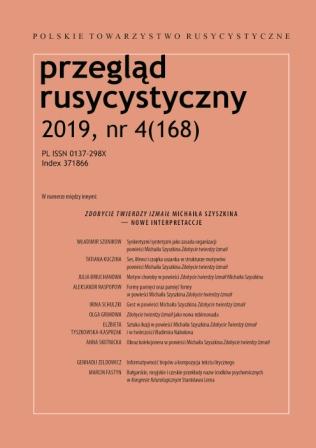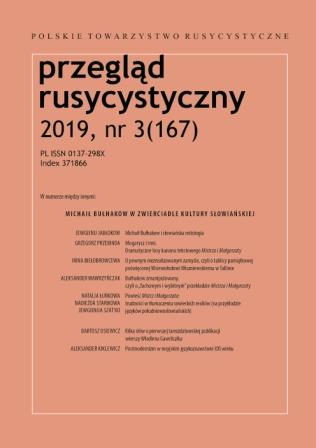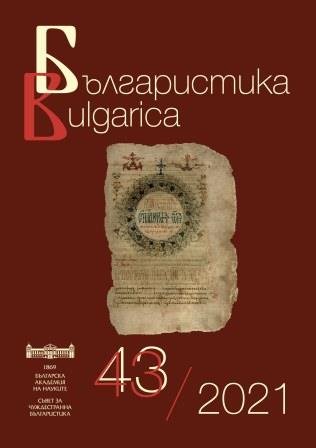Author(s): Yulia Krasheninnikova / Language(s): Russian
Issue: 3/2021
In this work, a list of the house nominations, stylistic and poetic means and techniques used to describe the groom’s and bride’s houses are considered based on published and archival materials of the 19th — early 21st centuries. The description of the newlyweds’ houses is formed by depicting three macrolocuses: the adjacent territory, or courtyard; the zone connecting the courtyard with the interior of the dwelling (porch, door, threshold) and the interior of the house, the image of which is formed by sequentially naming the loci that are most significant from the ritual viewpoint (place of honor, wide bench, furnace, etc.). The houses of both the groom and the bride are described using the very same poetic means of the ‘house’ semantic group. The concept of the bride’s house as a “strange” space for the groom’s party is manifested in speeches related to climbing the porch, opening doors, crossing the threshold and entrance. As the groomsman progresses and claims the house territory, the sense of the house as “strange” intensifies, reaches a critical point at the moment of crossing the threshold and declines after the entrance to the house. The dynamics of the groomsman’s image is revealed in speeches emphasizing the crossing of the threshold. The entrance of the best man to the house is interpreted as a case of crossing the boundary: penetration of the “strange” space is accompanied by a deterioration in vision, the onset of limpness and muteness, being marked, losing clothes or shoes, and giving away material values (money). As he claims the “strange” space and transcodes it into “own space,” the temporary physical indisposition of the groomsman passes. The courtyard, staircase, steps, porch, and threshold are regularly depicted in the descriptions of houses and adjacent territory. The most frequent epithets are wide and new. Numerous diminutives are another feature of the texts that describe the house.
More...
